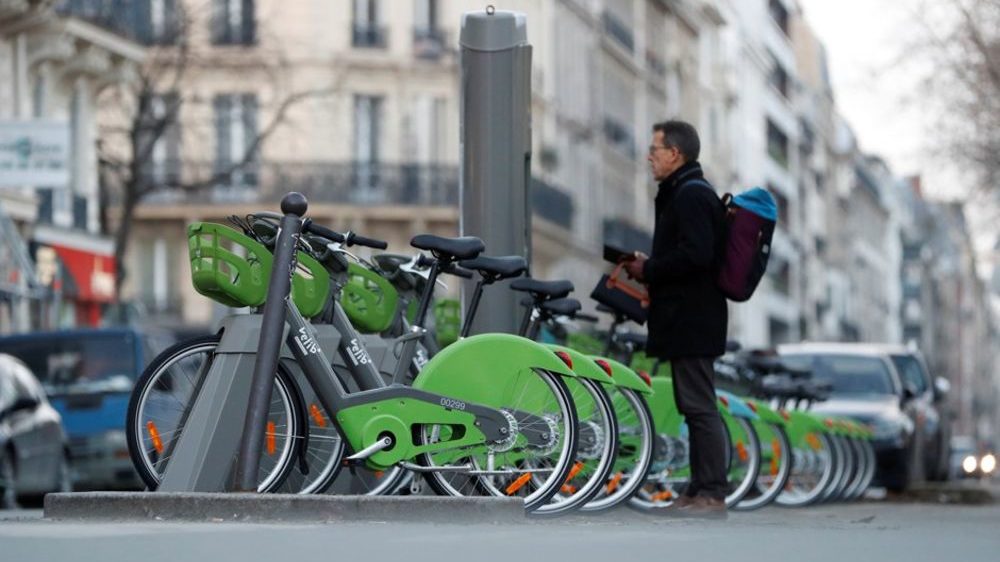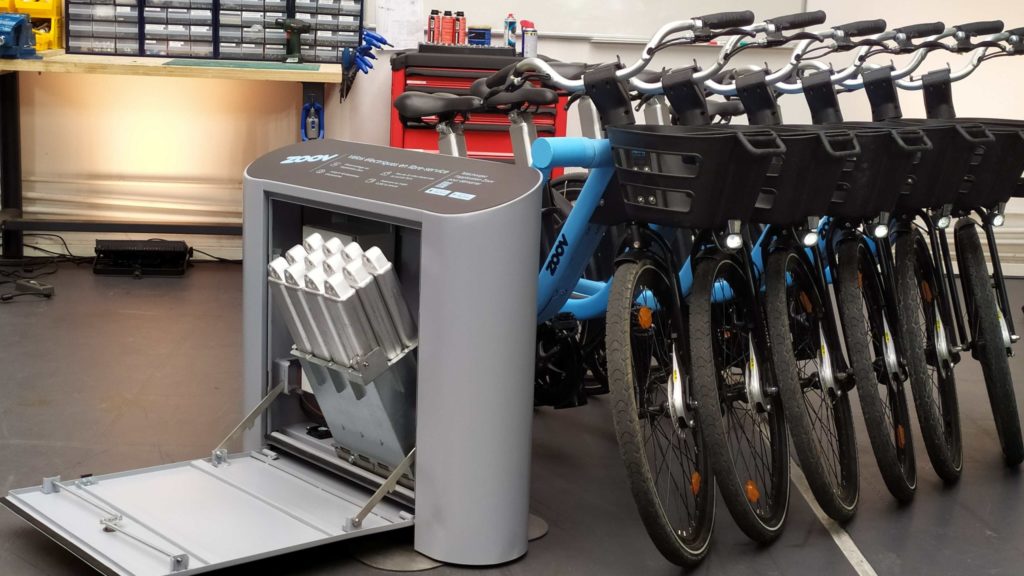Business
Smoove x Zoov, behind the announcement
6 April, 2021
On March 31st, Zoov released a largely teased video titled “Fast Forward”. Many shared micromobility industry leaders were waiting for the big announcement : Smoove and Zoov are joining forces (merging) to create a European sustainable mobility champion.
Smoove is a well-established and renowned leader of the bike-share industry since 2008, providing dock-based solutions to 23 cities worldwide, including Paris/FRA, Moscow/RUS, Helsinki/FIN or Vancouver/CAN, with a fleet of over 50,000 bikes and e-bikes. Zoov is a start-up founded in 2017. Its founder expertise in IoT helped to build a state-of-the-art shared e-bike, with an innovative charging solution transferring energy from one bike to the next. You get it, the two companies are from 2 different worlds, and the merger’s goal is to gather the best of both.
Business, business…
Smoove was growing steadily until the laborious launch of Vélib’ Métropole in the Greater Paris. At that time, Mobivia became the main shareholder and has to maintain both Vélib’ and the company afloat. Smoove’s finances and corporate image are still suffering from this period, and Mobivia has completely restructured the company in the past 3 years to make it more profitable. The merger might be another step to brighten up the company’s image and get rid of the Vélib’ bad memories.

Zoov, on his side, was struggling to grow despite a well-designed solution. Looking at the e-bike, you see that nothing has been left to chance. But you have to know how to sell even the best product, and Zoov only launched two services (Saclay, 80 e-bikes and Bordeaux, 350 e-bikes). As claimed in the press release, “the partnership with Smoove gives Zoov the opportunity to execute a large-scale rollout of the technology”, meaning that Zoov hopes to take advantage of Smoove’s business development experience – look at the number of bikes in operation. Zoov will also stop developing as an operator, and permanently become a supplier as it did with Pony in Grenoble and Paris.
Gathering technological expertises
Looking at R&D, the new company will be a little schizophrenic. On Smoove’s side, more than 10 years experience in developing and operating dock based systems, with the related inertia and technological constraints from the legacy. On Zoov’s, the ability to start from a blank page with the newest technologies, use their IoT knowledge, but without fully understanding the requirement of operating a bike-share service. In the end, the merger may allow building the ultimate bike-sharing solution thanks to both companies’ technological fields of expertise.
- Smoove has developed a dock-based solution with a level of securisation recognised in the industry. The docks have evolved to allow e-bikes’ charging, and the locking mechanism is under continuous improvement for better robustness and reliability.
- Zoov’s expertise in the development of connected devices allowed them to build a state-of-the-art e-bike in a very short time. As data is taking growing importance in the development of bike-share services, Zoov’s advantage in the integration of sensors, and usage of the collected data, and is a major differentiator.
- IoT and data require software to be efficiently used. Zoov also developed a complete and up-to-date software solution that will benefit the new company.
The first challenge will be to make all these parts of the solution working together without bugs. As the pieces of two different puzzles, it will require a long and careful development to connect to each other.
Building the new company
Smoove and Zoov are now entering the difficult process of merging two teams. Zoov should take the lead of the R&D one, integrating Smoove’s staff. It confirms the will to mainly build on Zoov’s work on connected e-bikes. Zoov and Smoove will carry on with the operation and/or customer support with their existing services on the short term.
The future of the commercial departments will largely depend on the company’s strategy which is still to be confirmed – Improving the existing Smoove’s solution? Building the widest range? Betting on dockless and light stations? As of today, Smoove’s website only shows Zoov’s solution. No sign of Smoove’s on Zoov’s website…

Szmoov, or Zmoove 🙂 range should be the most eclectic in the industry. Zoov’s e-bike will be its centrepiece, as both companies agreed that the future will be electric, and it will be adapted to fit in Smoove’s docks. The company’s range will then go from historical docks and stations – from Smoove -, to light stations – from Zoov, and stationless, allowing the company to answer any public or private clients needs at a competitive price. Zoov’s ebike is indeed one third cheaper than the current e-bike from Smoove which is used in Paris. Combined with the light station, the cost savings will be substantial.
If the challenges coming with each merger are overcome, and if the new managers adopt a clever strategy, I think there are little doubts that Smoove and Zoov will actually build the European sustainable mobility champion. Gathering the worlds of IoT and transport allows the new company to build a smart solution matching the market evolution towards connectivity and data, while improving its costs and reaching operational excellence.